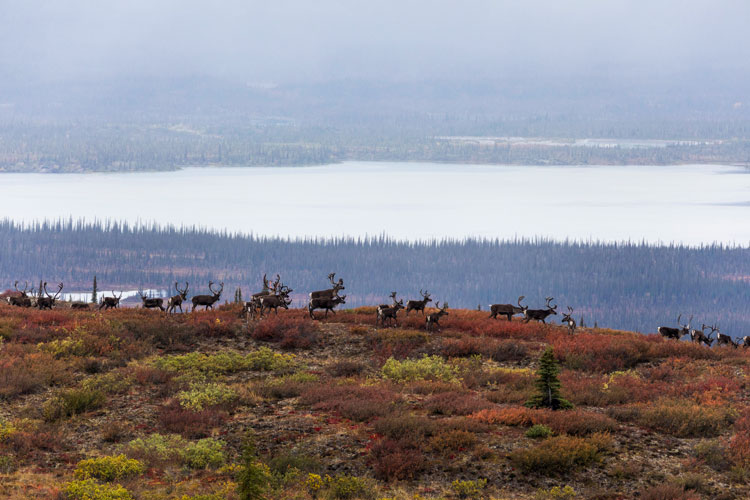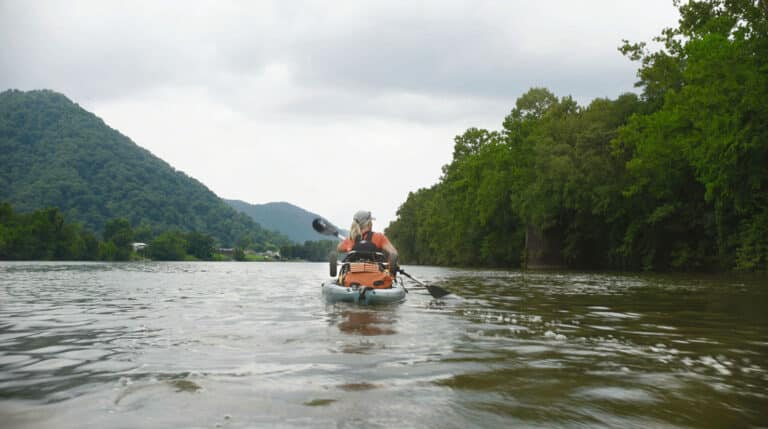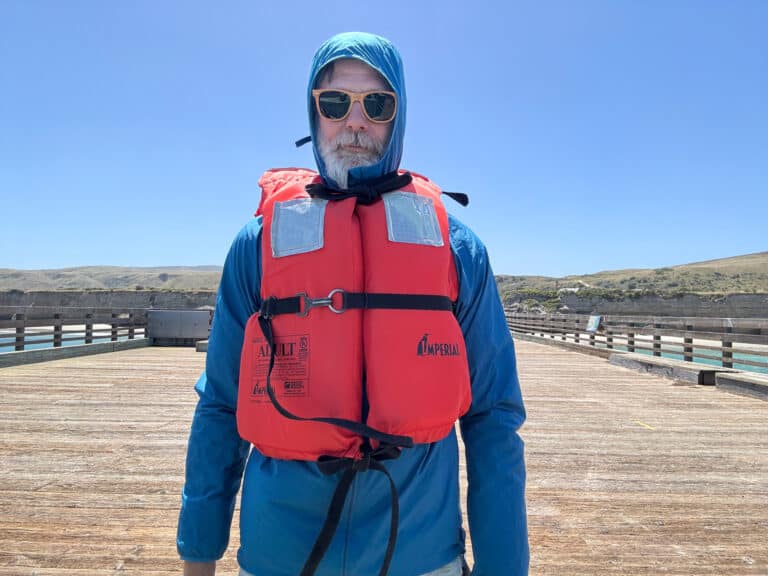New mini-documentary highlights the indigenous fight to protect ANWR.
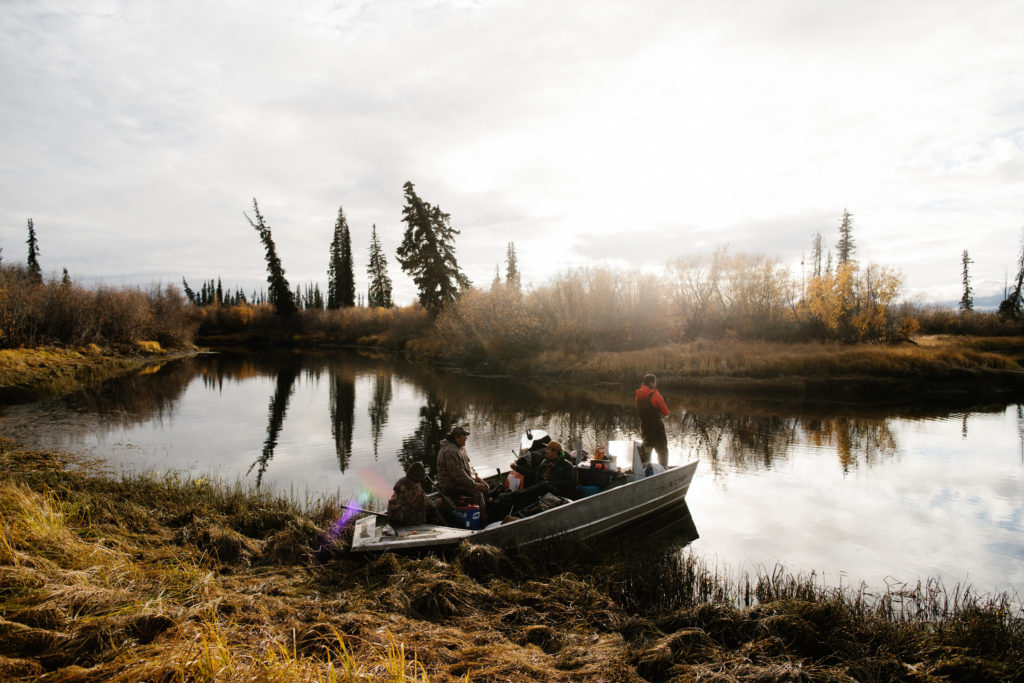
“If they open the refuge, I’m gone,” said filmmaker Dr. Len Necefer, a Navajo, to his boss at the Department of Energy after hearing that the Arctic National Wildlife Refuge (ANWR) and Bears Ears National Monument were at risk of being opened for drilling. In late 2017, Necefer quit his job and went straight to Salt Lake City to protest the signing of the Bears Ears Reduction. The battle was far from over and his efforts did not stop there.
Necefer and Greg Balkan, a filmmaker as well, teamed up to co-produce a film to showcase the symbiotic co-existence of the people and the land in the Arctic National Wildlife Refuge.
Welcome to Gwichyaa Zhee, presented by The Wilderness Society and Patagonia, illustrates the current administration’s plans to reduce protected public lands for oil and gas leases in the ANWR. The Gwich’in, a native people who live just north of the Arctic Circle, are fighting to protect the lands and native caribou from the environmental disruption of energy development. For the Gwich’in, who rely on resources from the land, this is a story of food security and survival.
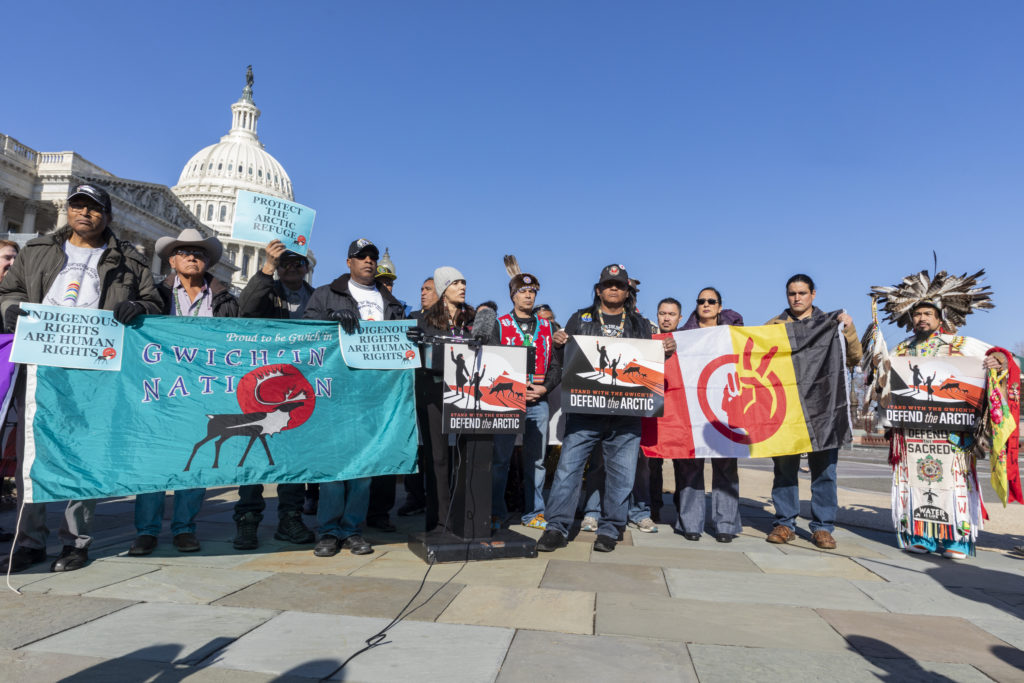
Necefer saw striking similarities between the energy and mining exploitation in Bears Ears National Monument, Grand Staircase-Escalante, and ANWR. As the government steadily strips protection from public lands, more and more communities are threatened. By highlighting the commonalities of these struggles, the filmmakers hope to inspire viewers to stand with the Gwich’in, fight for the Arctic, and consider how our own backyard might one day be in jeopardy, too.
This powerful film shares a message that, if ignored, could destroy a vitally important American landscape.
We had the chance to ask Len Necefer a few questions about Welcome to Gwichyaa Zhee.
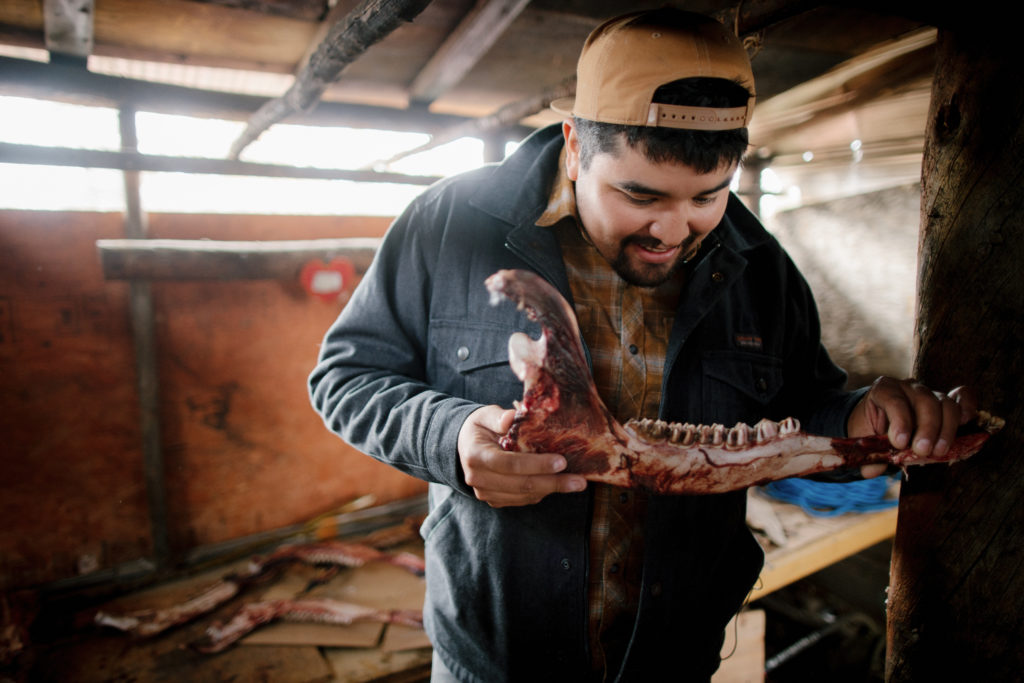
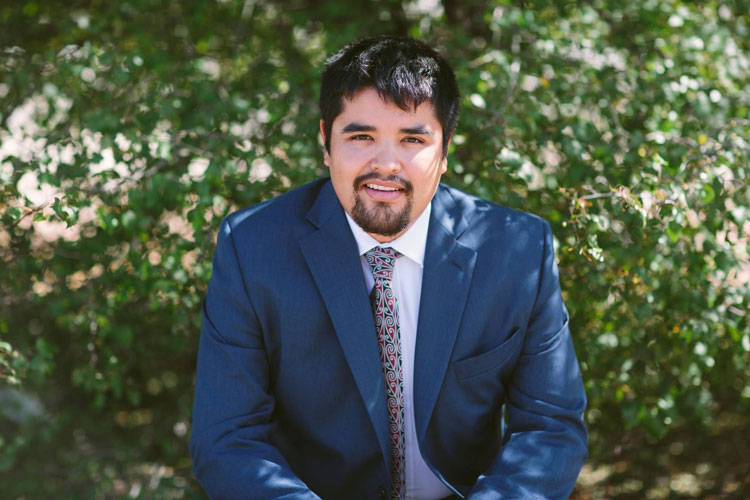
Necefer is currently a professor at the University of Arizona doing research and teaching scenario studies in natural resources policy. He looks at issues involving energy, the environment, and indigenous peoples. Necefer is also the owner of an outdoor apparel company, NativeOutdoors, a sponsor of the film.
Necefer is passionate in his fight for environmental and human rights because to him, it’s more than that. He’s fighting for his identity.
Tell us about yourself and your connection to nature. What was your life like before you devoted it to filmmaking and environmental activism?
I do a lot of adventure rock climbing and skiing out here in Arizona kind of on the side of my work.
My connections with nature are largely in part with my identity and my family’s history with the land. I feel most connected to Saile, Arizona and especially Canyon De Chelly, where my family’s clan has a history dating back to 1200ad. We are entrusted to take care of it and the land.
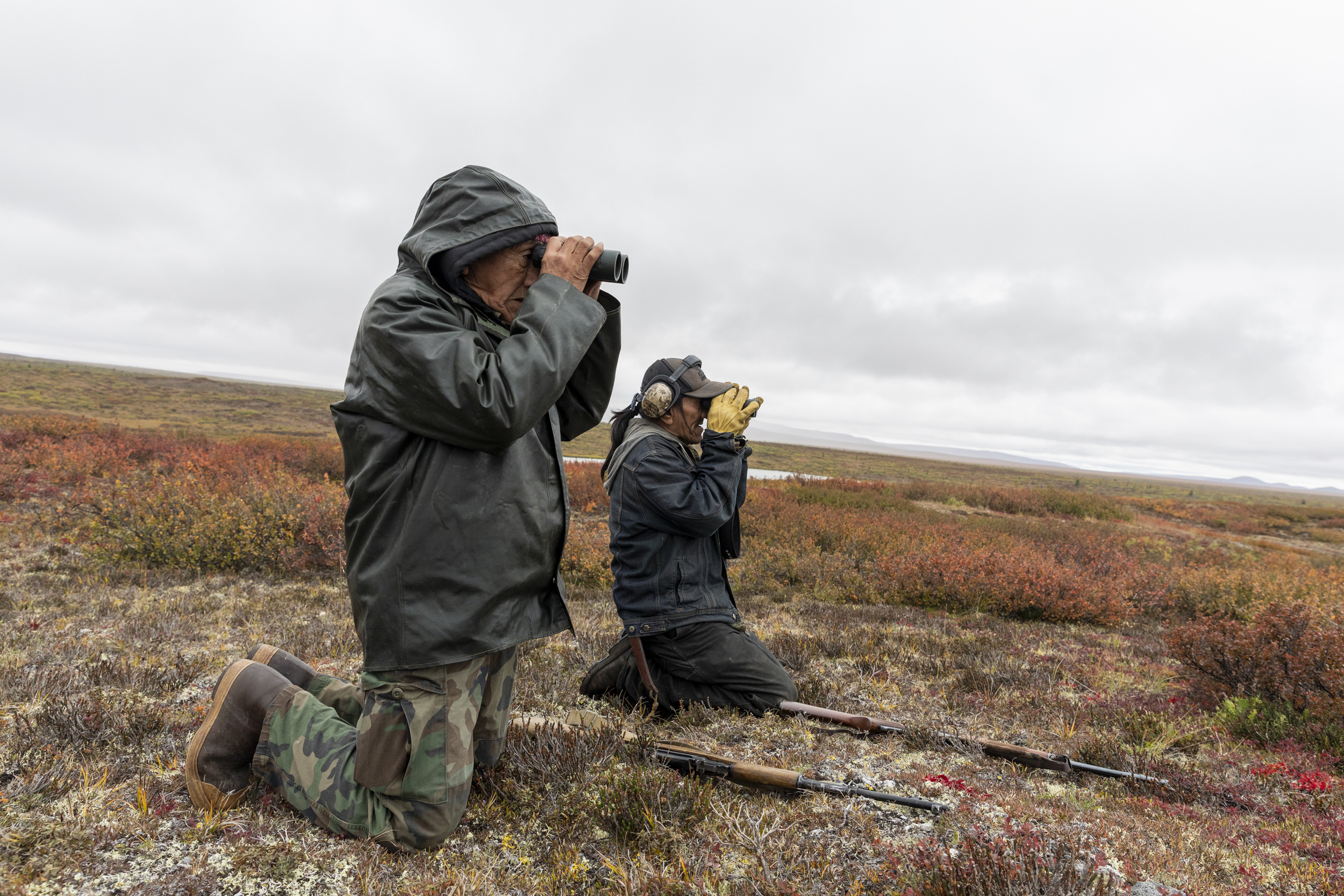
To be completely honest, I feel cringey when I’m referred to as an activist or have activism as part of my work. Largely because what I’m doing, and many others are doing, is fighting for our identity. It’s not something we can just choose to do or not do. I feel activists choose to fight, I feel I don’t have a choice.
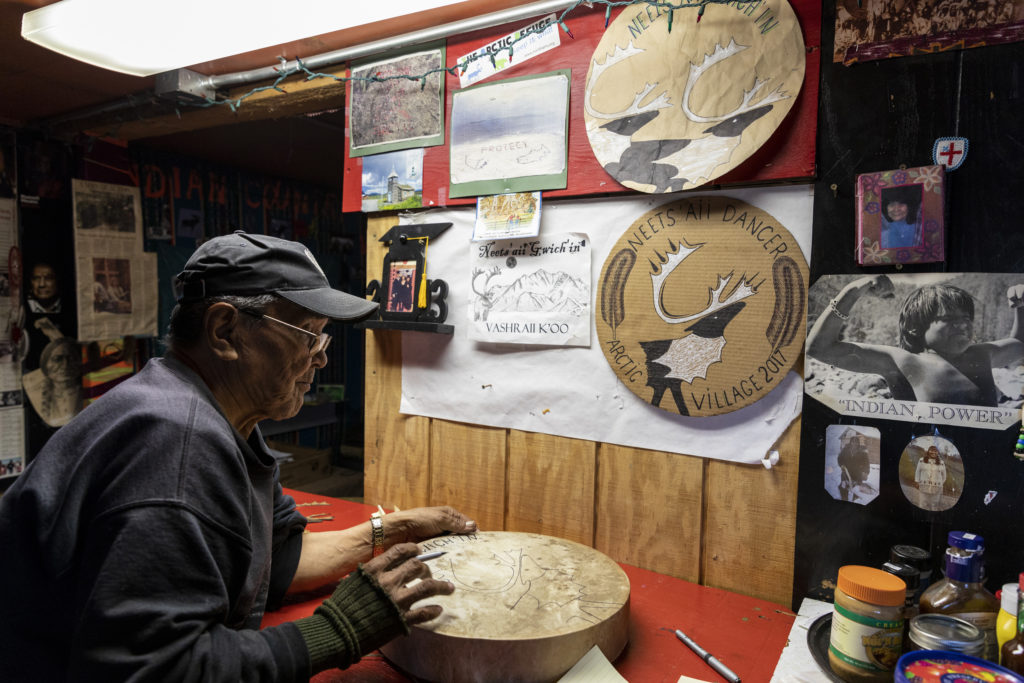
What inspired you to make a film about this particular area?
I worked for the Department of Energy for a couple of years. I was looking at how cultural and social values influence energy policy and how those could be incorporated into the technical decision tools. So basically looking at how culture and social values can play nicely with economics. I did that study on my own community but in the space of how we make decisions and are influenced by where we come from in the values that we were raised. My department worked with a lot of Alaska Native communities, including the one featured in the film, and I heavily related to the people and their culture.
They have a similar language to the Navajo. So we share a common language, more like a common ancestor language. At the end of the day, what’s really important to remember is that culturally and linguistically, we’re pretty closely related.
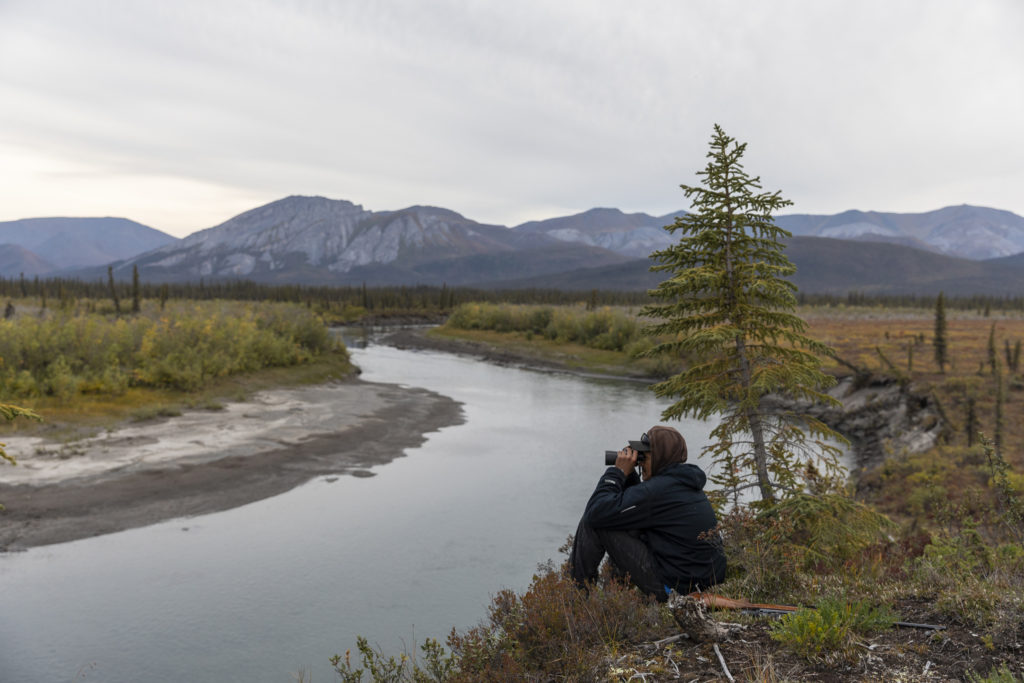
That connection was there in my mind, but another was what brought me into the outdoor scene and filmmaking in the first place. Bears Ears National Monument and the work being done around that. Five tribes came together and proposed protecting an area of about 1.5 million acres in southeast Utah. There were over 100,000 known archaeological sites dating back at least 14,000 years. Right at the end of Obama’s term, President Obama designated the monument.
It was one of the first monuments President Trump rescinded in December 2017. At the same time, a similar situation was happening in the Arctic National Wildlife Refuge. It was being looked at for oil and gas development.
In my mind, the two stories aren’t that different from each other. The bottom line is that indigenous people need to fight for their identity and land.
The impact of opening the refuge is more than just on Gwichyaa Zhee. How would you describe the greater impact and what it means for humankind?
If we look at ecosystems, you can’t really just draw a line on the map and say, “okay, the ecosystem ends here and that town starts here” It’s a human-made barrier. Ecologically speaking, borders are meaningless.
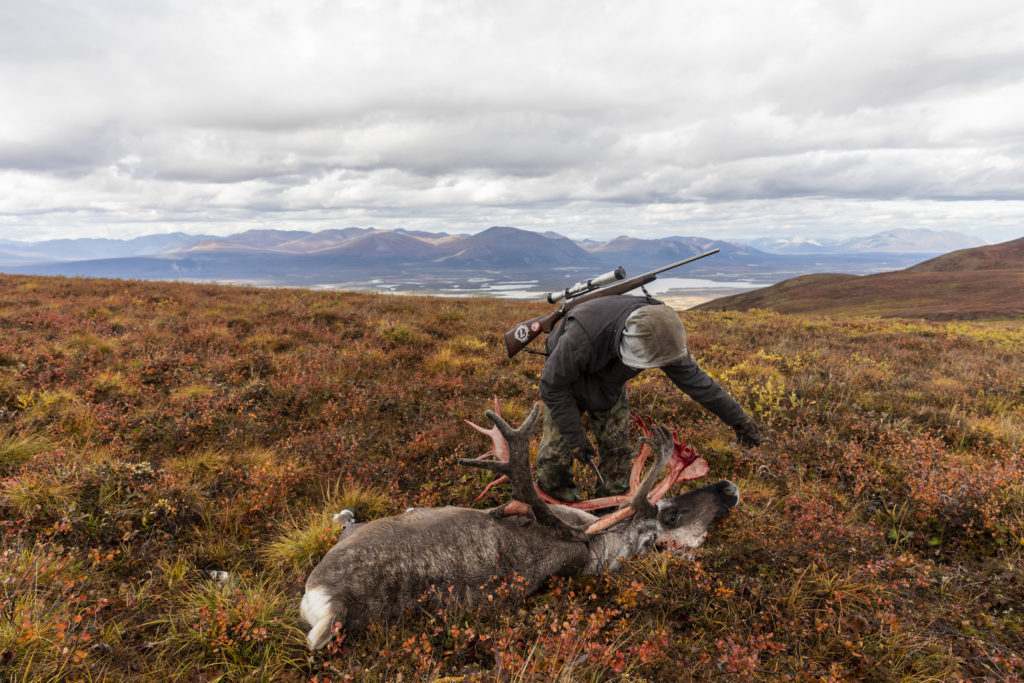
These ecosystems are intertwined into larger fabrics of worlds, and something I recognized with the Gwich’in people, and the five tribes down here, is that we are protecting our little piece of the puzzle so that the puzzle stays intact. We’re just doing our part.
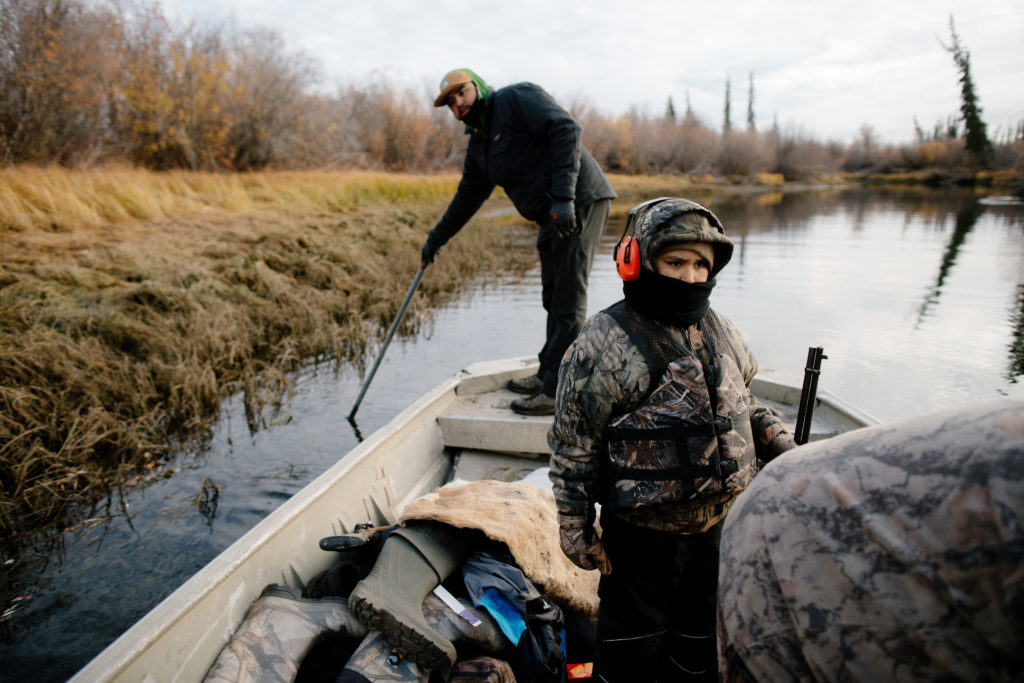
The Arctic Refuge is an incredibly pristine environment, there are over 200 birds there that go to five different continents. That little piece of the Arctic Refuge is connected to most of the world’s, simply because of the birds that nest there. The larger impact would be on other areas because it’s such an interconnected web.
One of my favorite moments of your film was when you quoted your grandfather and said, “Whatever you do to the land will come back to you.” This can be applied to all of today’s environmental issues. Would you like to elaborate on this?
I always think, “imagine what that would look like if that sort of understanding and thinking was in policy. What would our country’s environmental laws or policies look like if that was the base level of understanding?”
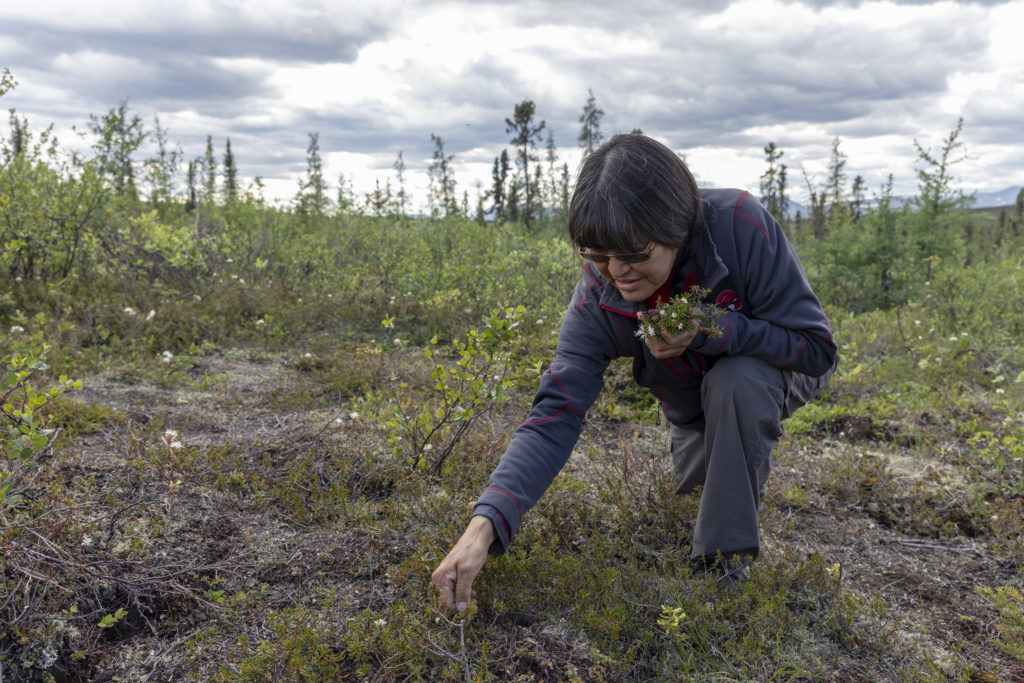
When it comes to ecosystems, like on this continent and in this place, indigenous people have been thinking this way and acting upon it for a long time. Just we don’t have the levers of power to control these areas anymore, truly speaking.
Something I try to fall back on in motivating action is that these places where we’re living today have been stewarded for thousands and thousands of years. Now, do we want to screw it up in the span of 100 years? The same factors that cause ecosystems to die are also the same factors that cause languages and cultures to die.
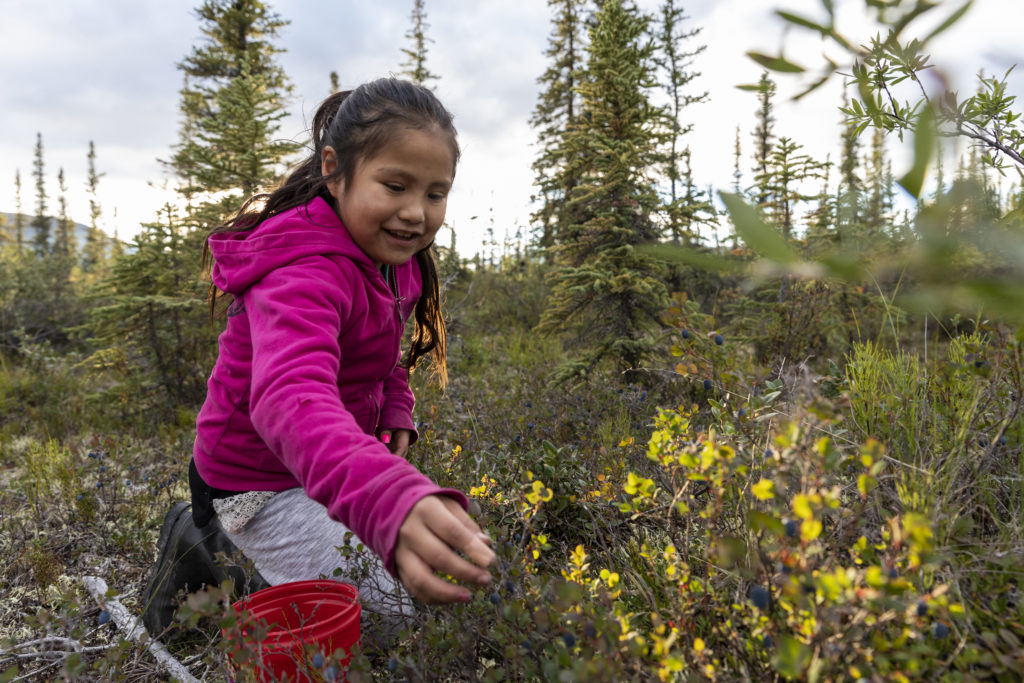
Indigenous people are less than 5% of the world’s population, but over 80% of the world’s biodiversity exists on the land that indigenous people live on. Our identities and everything about who we are is tied to the land around us. If you think about it, it’s like protecting your family. Taking care of your family is like taking care of everything around you.
At the end of the day, technology is not going to save us.
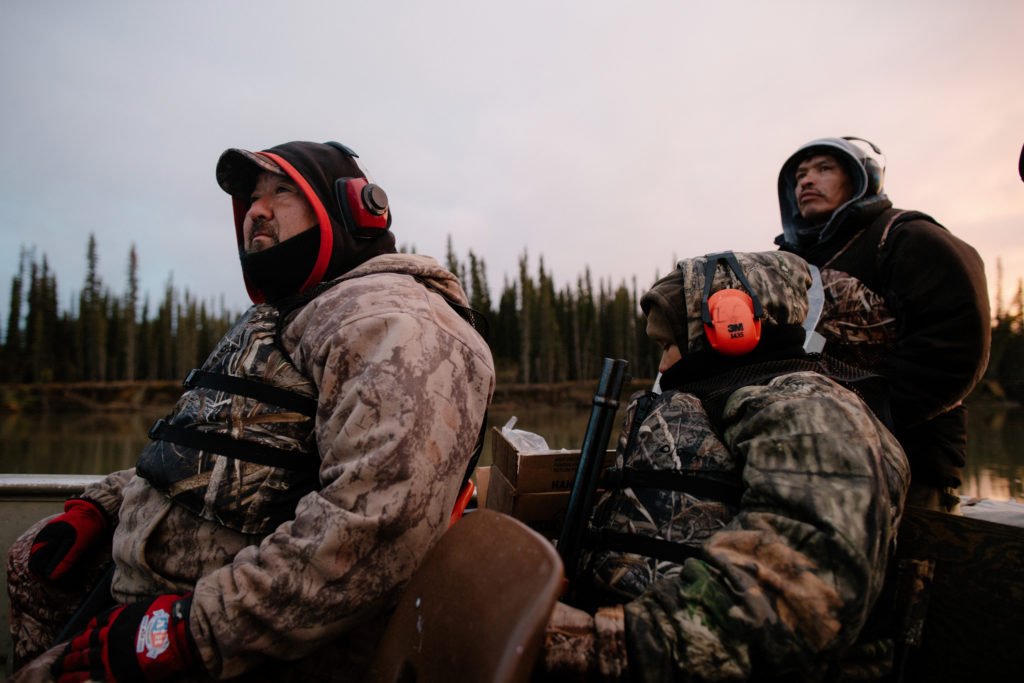
What are the biggest takeaways you aim for the viewers of your film to gain?
I think one of the big pieces that I hope people take away is the human story of the Arctic Refuge. I feel in media and culture there’s this kind of portrayal of us that is kind of rugged and people living off the land really harshly. I don’t think it’s a disservice to be portrayed that way, but I think humanizing the Arctic refugees should be the big takeaway. I want folks to know, people have been living there for 40,000 years or more.
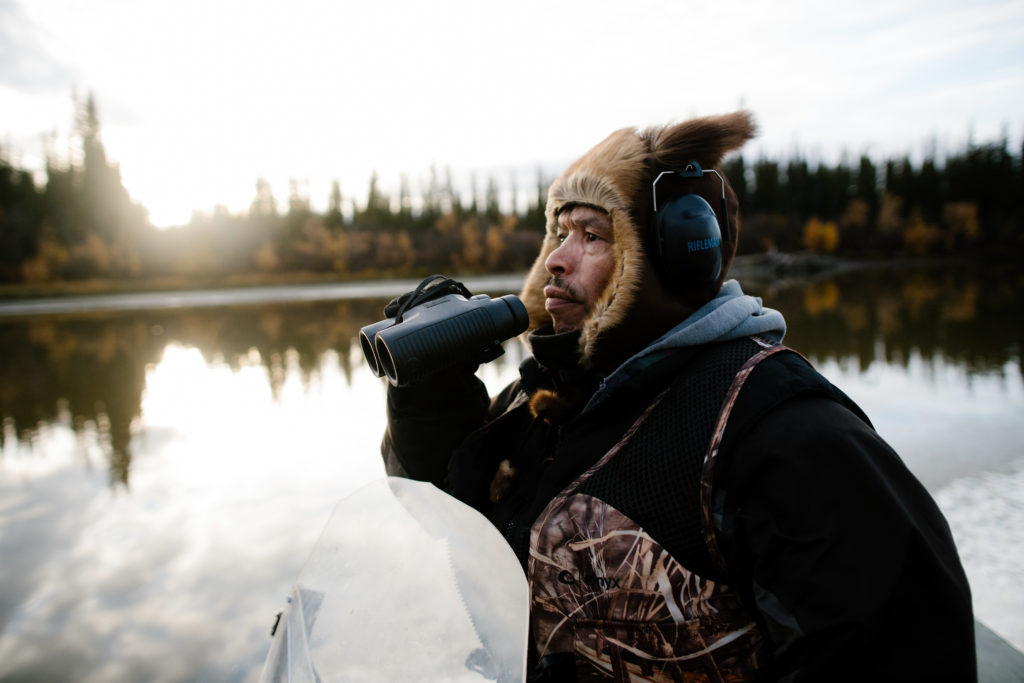
So much advocacy around protecting the Arctic Refuge has been on the mountain animals, but not so much the people that have the steward of these landscapes. The Arctic Refuge exists in the state that it does because of the people that live there take care of it and have been for so long.
There’s an environmental issue happening, but there’s also a very real human right issue occurring there as well.
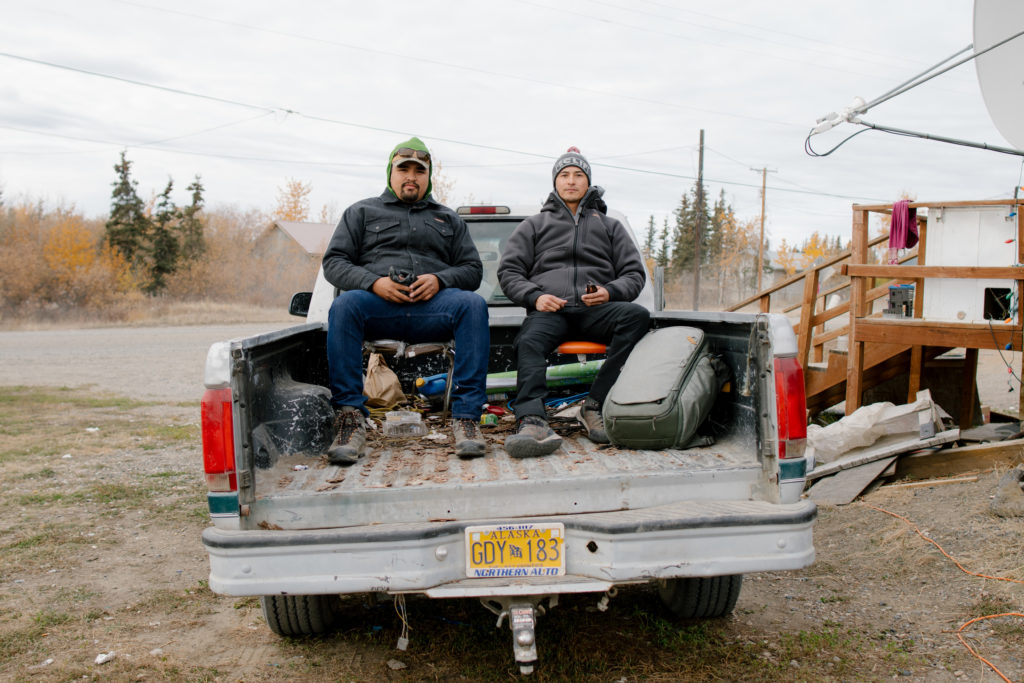
What have been the highs and lows of this filmmaking journey for you?
I’m really grateful to have Greg Balkan, who was the co-producer on this. He’s a filmmaker by trade, and I really helped with the film and the narratives.
It was a lot of hard work working in Native communities because we were so interested to care for it. That’s kind of been an important learning process. For me, as an indigenous person, I also have to be aware of the dynamics as well, because this is not my community. It wasn’t necessarily a struggle, but more an opportunity for growth and learning.
A big highlight has been seeing the interest there has been on this particular issue, especially from younger folks. It’s very hard to explain why the refuge matters without the sort of context of how much people depend on landscapes there. To see people’s reactions when the light bulb clicks like, “okay, I get it. I get why this matters.” That’s been really amazing.
I think what I feel most proud of is being able to support a community that I share so much in common with while being able to connect my story and this story, to the larger story of this country and to connect with people who care about these issues.
Are you planning/working on any future environmental films at the moment?
I’m working on an adventure climbing film on these four sacred mountains of the Navajos, they are pretty rugged and about 14,000 feet. I want it to have a similar thread with connections to land and landscape while also appealing to a climbing audience.
Welcome to Gwichyaa Zhee from Wondercamp on Vimeo.
Film Website:
https://www.gwichyaazhee.us
About Dr. Necefer:
https://ais.arizona.edu/users/len-necefer
